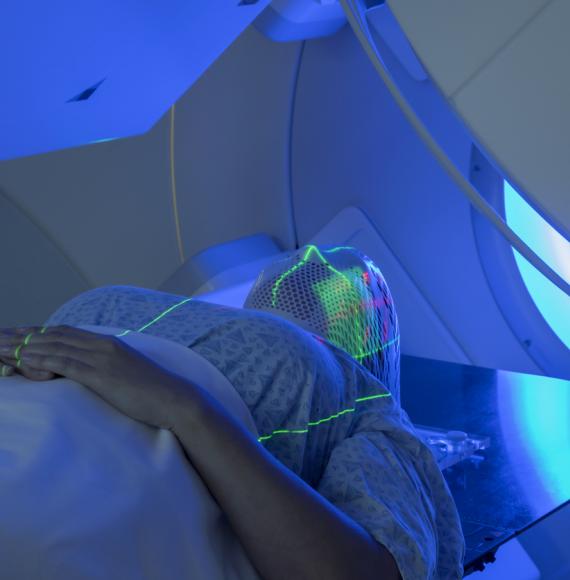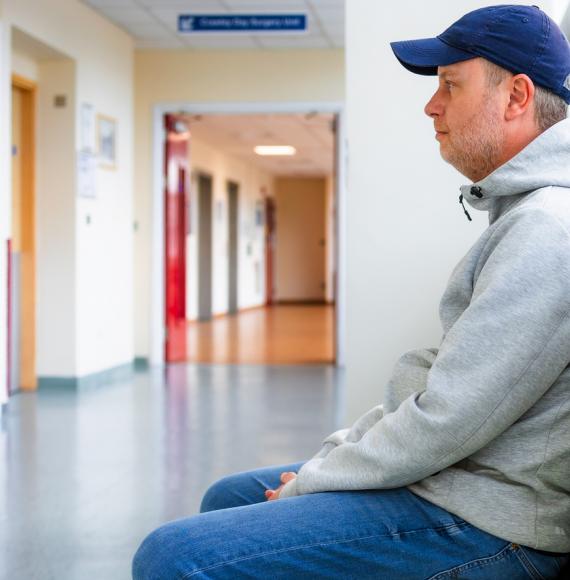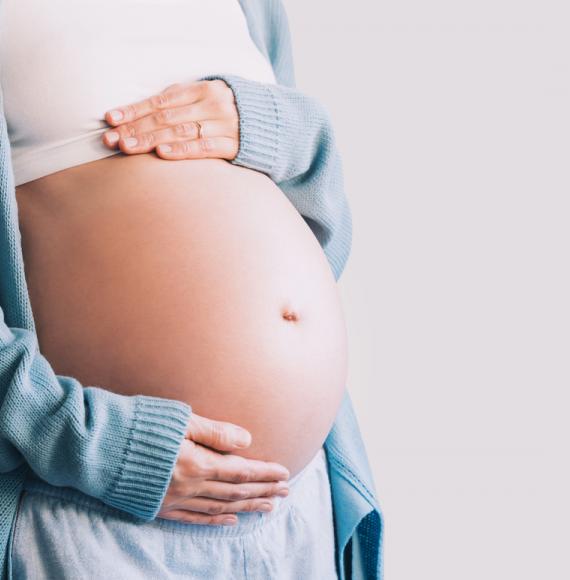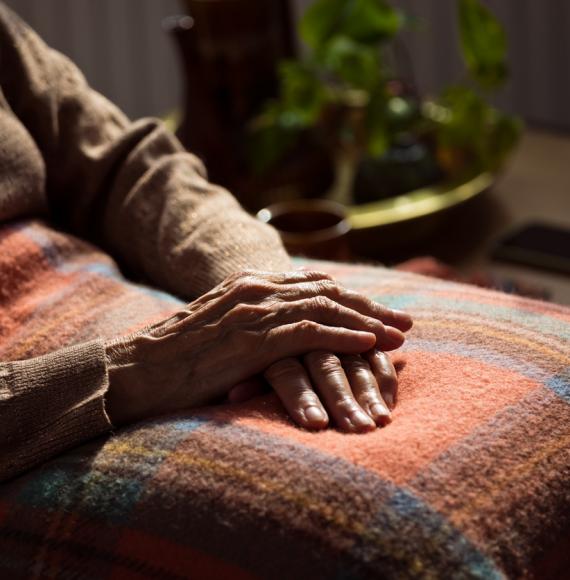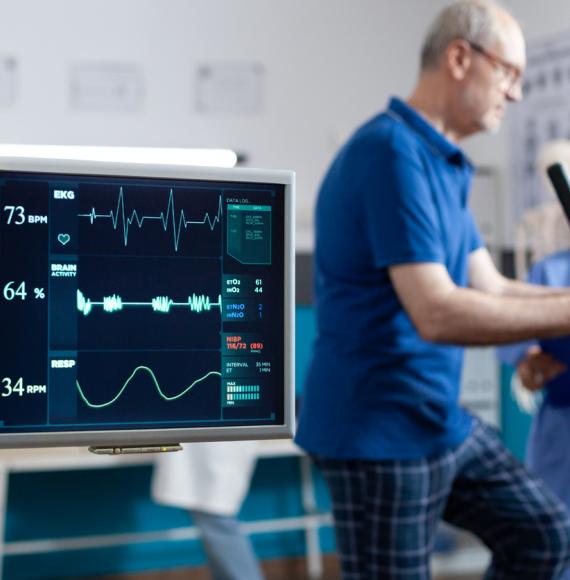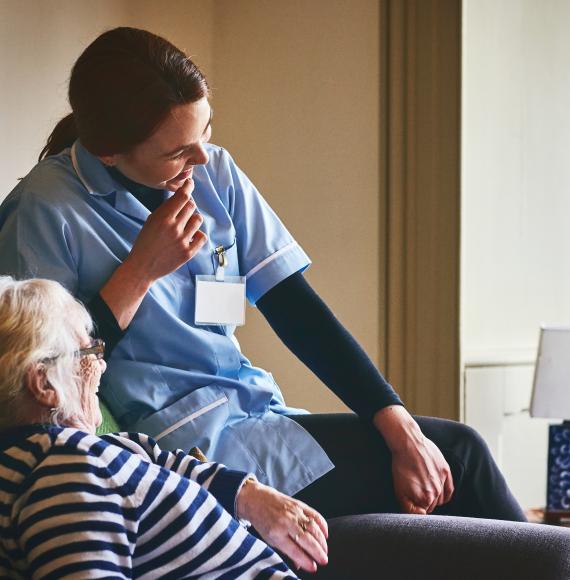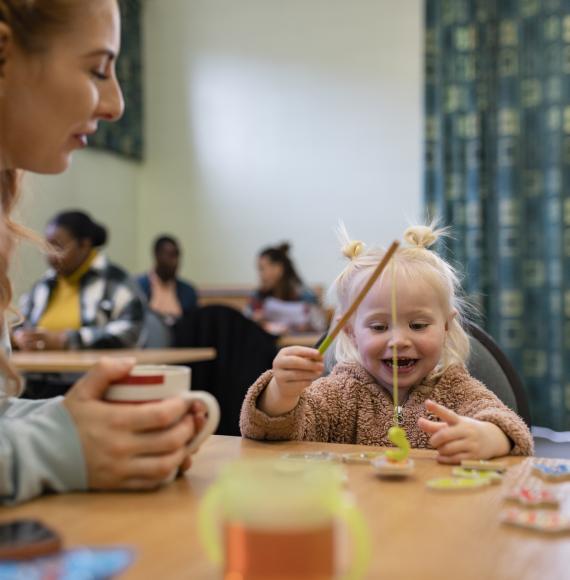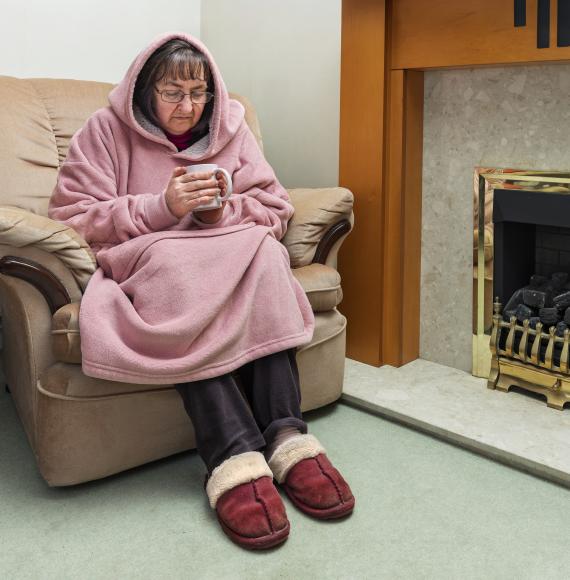Remote monitoring allows patients to collect data about their health and then securely communicate back to clinicians. This method of monitoring is to assist with the reduction of admissions to local emergency departments and enables clinicians to react faster to developing issues.
More than 78,000 people have benefited from this technology as well as 1200 care homes have been issued with these resources. Now care home staff can rely on this innovation to keep track of people’s vital signs and other needs for more effective treatment.
Back in July National Health Executive hosted the virtual Digital Healthcare event which focused on remote patient care and the benefits for both NHS staff and patients.
The panel included:
- Dr Jonathan Serjeant, Chief Medical Officer, Florence Intelligent Health Messaging
- Dr Mohannad Alajlani, Senior Teaching Fellow, University of Warwick
- Matt Inada-Kim, Acute Medicine Consultant, Hampshire Hospitals Foundation Trust
We asked important questions like what difference is remote monitoring making to clinical teams in terms of workload? What are the main areas in healthcare where technology will develop? And what is the next big thing?
Shortly after we had the pleasure of hearing from Breid O’Brien, Director of Innovation & Digital Health, NHS England delivering a keynote session.
Breid leads a national programme of work focused on technology to support people at home and improving patient pathways more generally using technology.
If you would like to watch the full session, click here or if you would like to view our full calendar of events for the year, click here.



